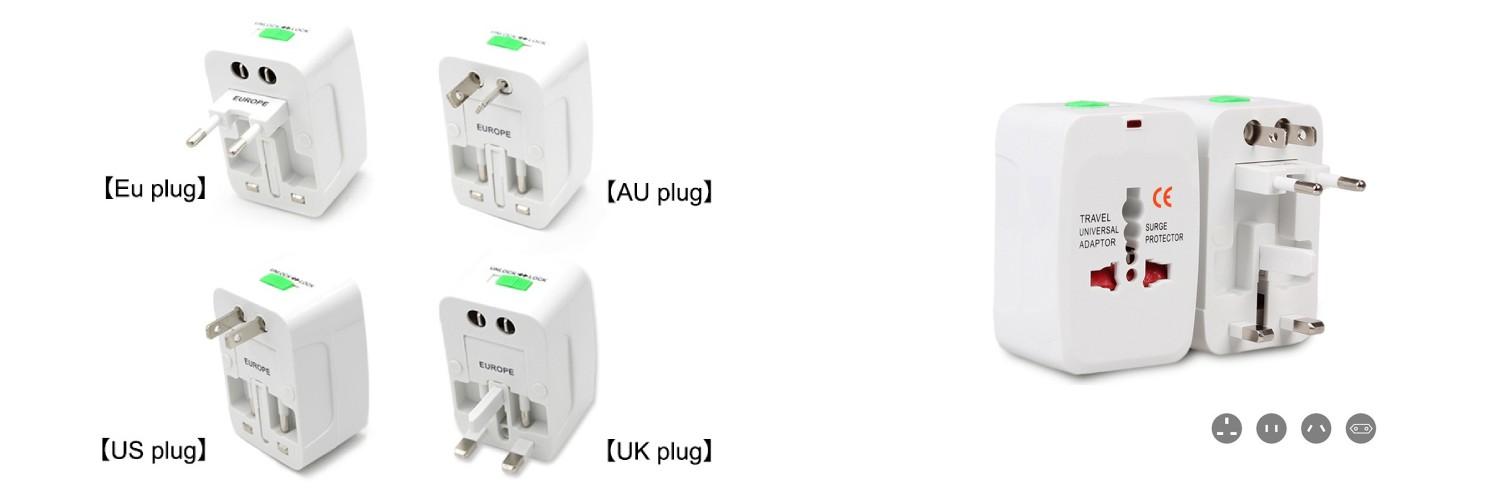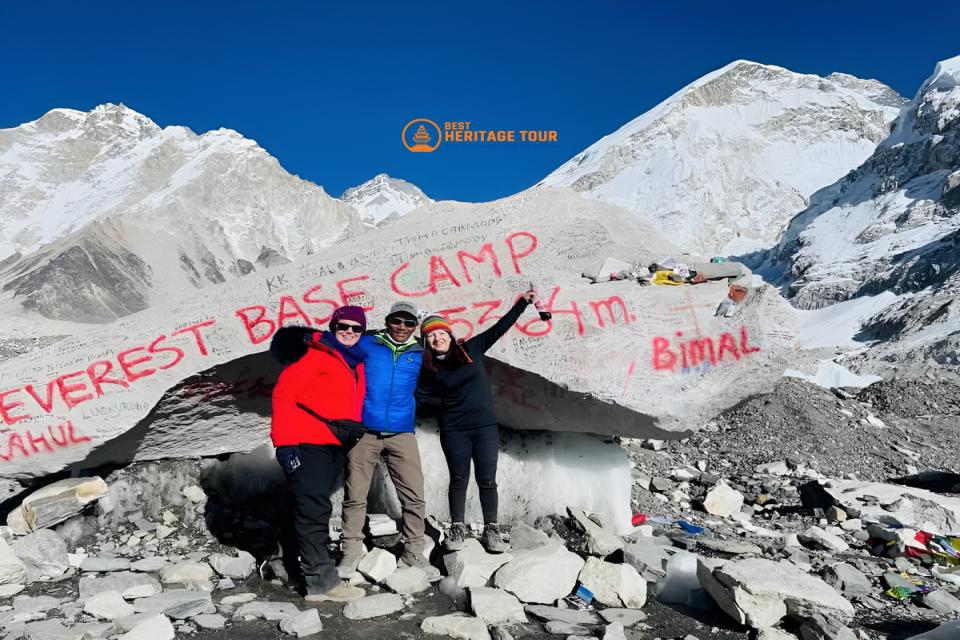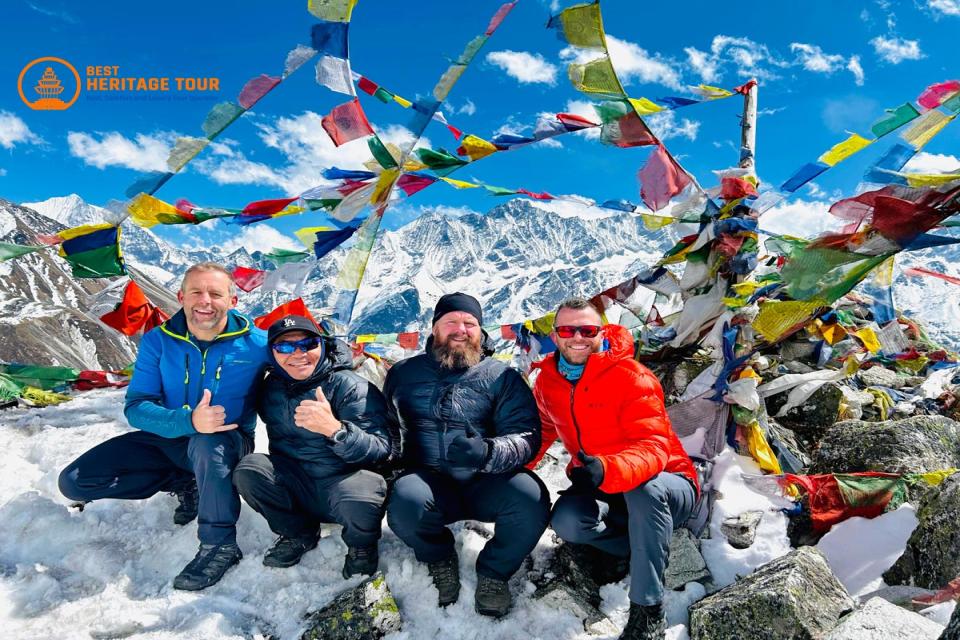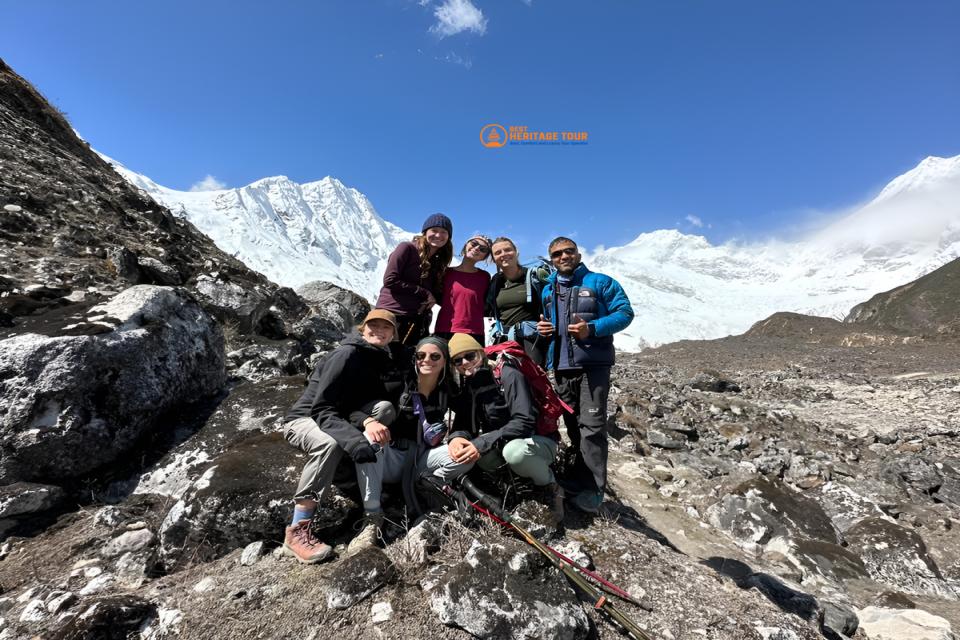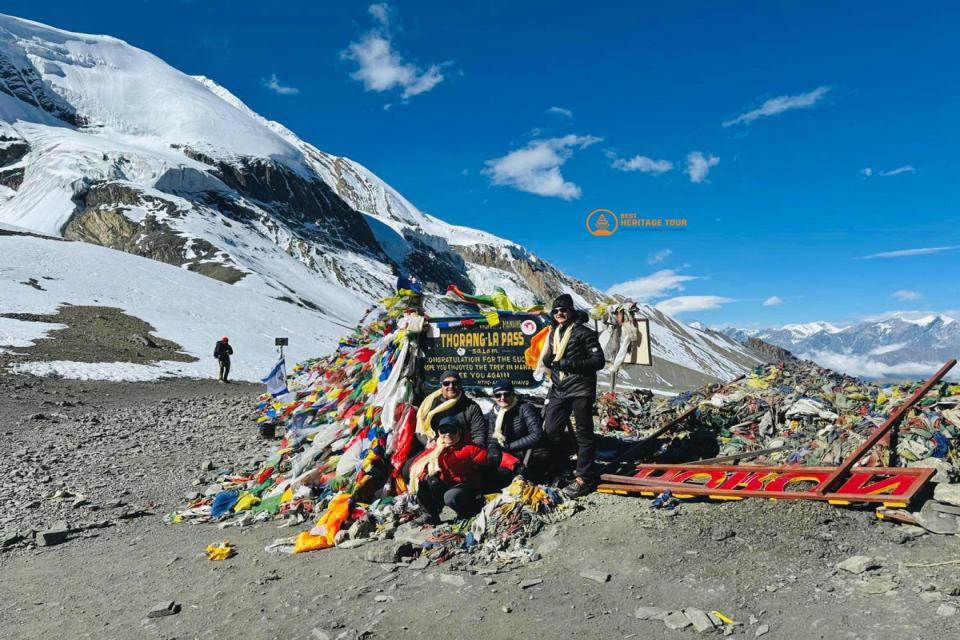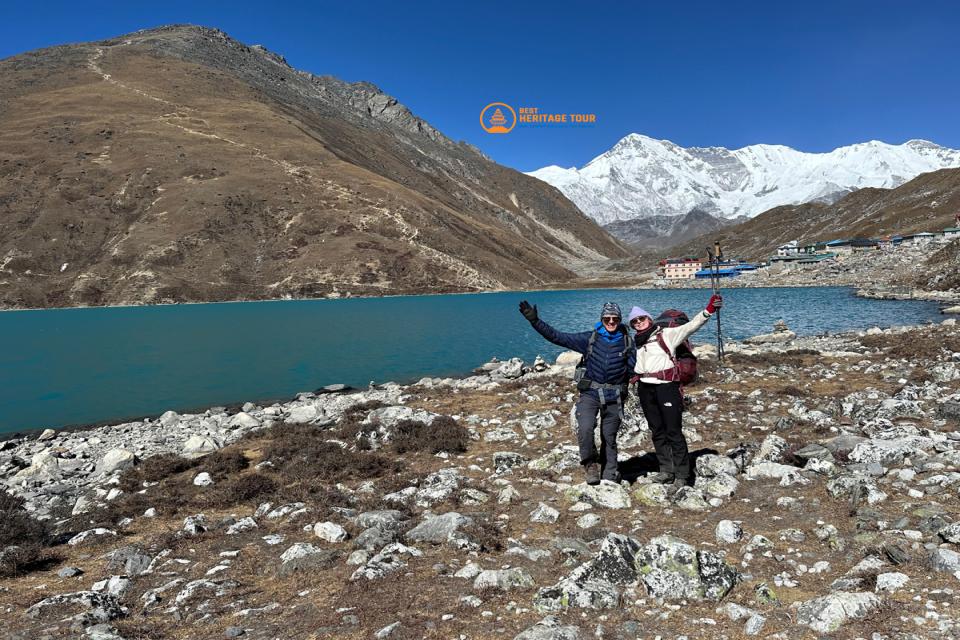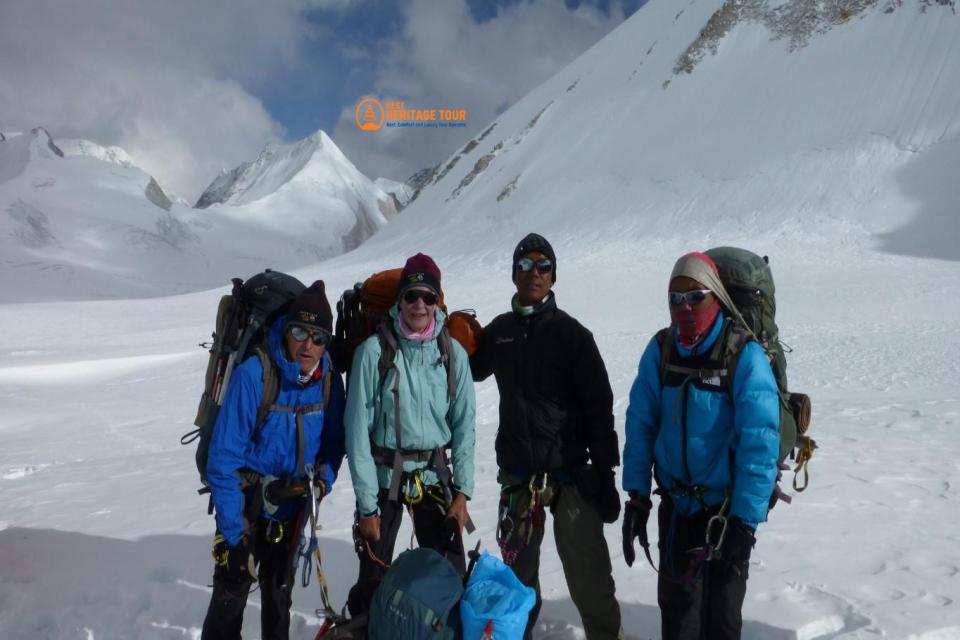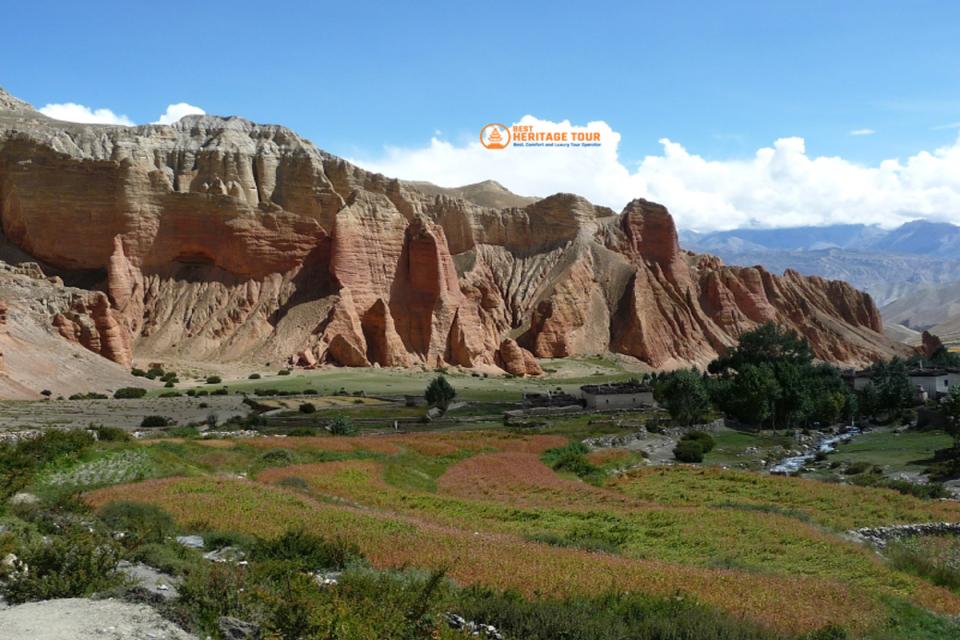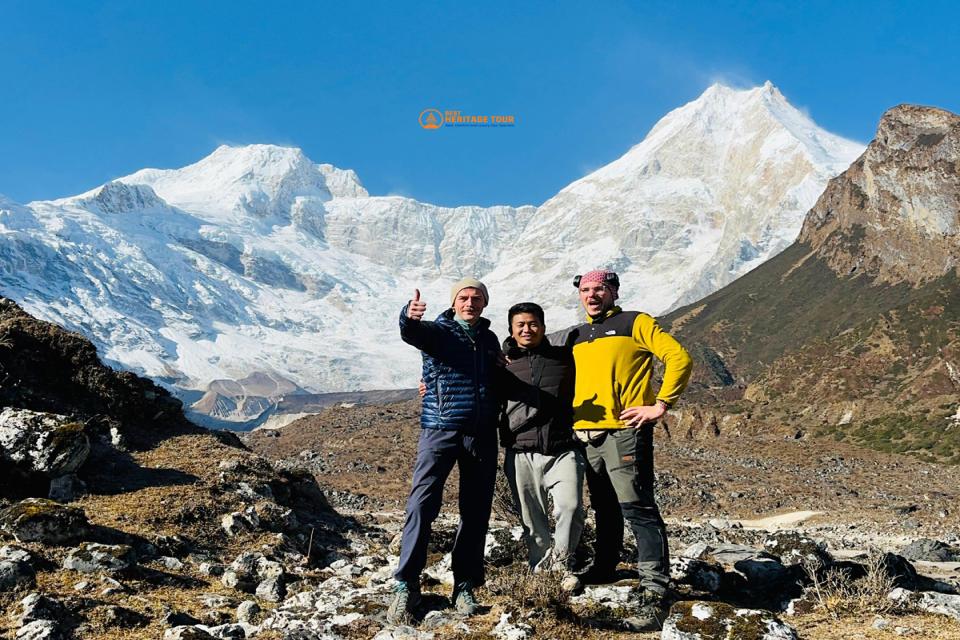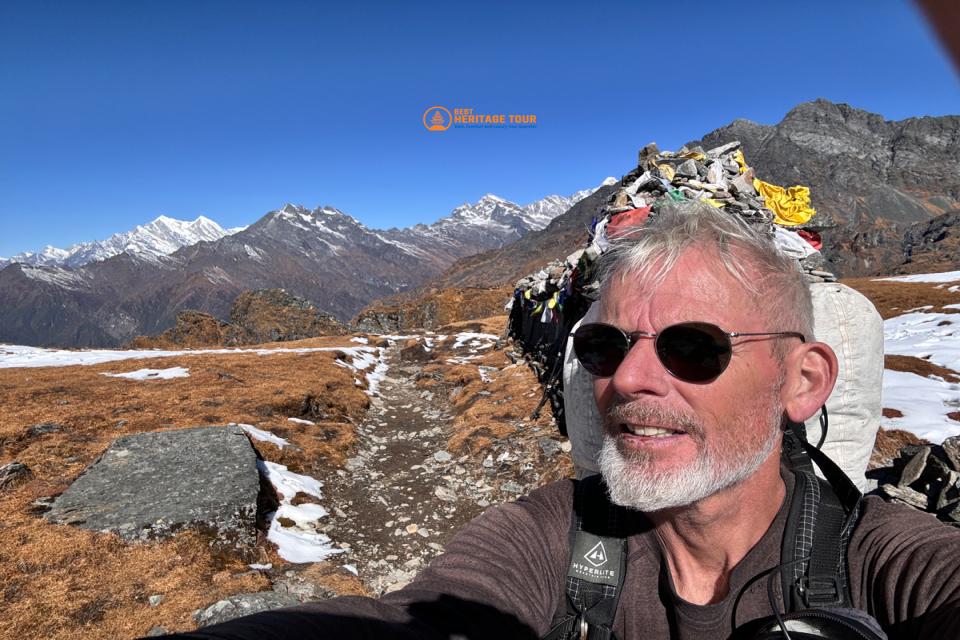Traveling to Nepal is an unforgettable experience filled with stunning Himalayan views, cultural richness, and adventurous treks. While most trekkers focus on routes, permits, and accommodations, one often overlooked aspect is power compatibility. Nepal uses a mix of power plugs and sockets that may differ from your home country, making a power plug adapter essential for charging devices, cameras, and portable electronics during your trek.
This guide explains everything you need to know about Type C, D, and M power plugs in Nepal, voltage specifications, safety tips, and recommendations for choosing the right adapter for your trek. Whether you’re trekking to Annapurna Base Camp, Poon Hill, Mardi Himal or other Himalayan Treks - staying powered up ensures your journey is smooth and stress-free.
Understanding Nepal’s Electrical System
Before purchasing a power adapter, it’s important to understand the electrical system in Nepal:
-
Voltage: 220V - 240V
-
Frequency: 50Hz
-
Plug Types: Type C, D, and M are commonly used
This means some devices from countries like the USA, Canada, or Japan may require a voltage converter in addition to a plug adapter. Always check your device’s voltage rating to avoid damage.
Types of Power Plugs in Nepal
Nepal primarily uses three types of power plugs:
1. Type C Plug - “Europlug”
-
Design: Two round pins
-
Usage: Commonly found in hotels, guesthouses, and lodges
-
Voltage compatibility: 220-240V, 50Hz
-
Ideal for: Smartphones, cameras, power banks, and small electronic devices
Tip: Type C is compact and widely available, making it a safe choice for most travelers.
2. Type D Plug
-
Design: Three round pins in a triangular pattern
-
Usage: Common in older buildings and local homes
-
Voltage compatibility: 220-240V, 50Hz
-
Ideal for: Laptops, larger chargers, and higher-wattage electronics
Tip: Type D plugs are less common in hotels but may be necessary in certain remote teahouses along trekking routes.
3. Type M Plug
-
Design: Larger three-round pins (similar to Type D but thicker)
-
Usage: Found in some commercial buildings and certain teahouses in trekking regions
-
Voltage compatibility: 220-240V, 50Hz
-
Ideal for: Heavy-duty devices like electric kettles or professional camera chargers
Tip: Type M is rare but worth having if your itinerary includes remote lodges or high-end trekking teahouses.
Choosing the Right Adapter for Your Trek
When selecting a power plug adapter for Nepal, consider the following:
-
Multi-Functional Adapter: Look for adapters compatible with Type C, D, and M. This ensures you can charge devices in hotels, lodges, and remote teahouses.
-
Built-In USB Ports: Modern adapters with USB ports allow multiple devices to charge simultaneously, reducing the number of chargers you need to carry.
-
Compact and Lightweight: Trekkers should prioritize small, lightweight adapters to save space in backpacks.
-
Surge Protection: Some regions in Nepal may experience voltage fluctuations. An adapter with built-in surge protection can safeguard sensitive electronics.
-
Voltage Converter (Optional): Devices from countries with 110V (like the USA) may need a step-up converter to safely use Nepal’s 230V electricity. Always check your device’s label.
Power Availability Along Trekking Routes
-
Pokhara & Kathmandu: Most hotels and guesthouses support Type C plugs; USB charging is widely available.
-
Annapurna Regions: Teahouses may have a mix of Type C and D; some charge per device. A universal adapter is recommended.
-
Remote Lodges / High-Altitude Camps: Power may be limited; some teahouses offer charging for a small fee. Solar chargers or power banks are handy backups.
-
Everest Region: Power availability is minimal. Carry extra power banks, solar chargers, and a reliable adapter.
Pro Tip: Carrying a multi-adapter with both plug types and USB ports ensures you are never without power, even in remote locations.
Safety Tips for Using Electronics in Nepal
-
Check device compatibility: Confirm your devices support 220-240V before plugging in.
-
Avoid overloading outlets: Especially in teahouses; bring a power strip if multiple devices need charging.
-
Keep devices dry: Nepal’s trekking routes can be rainy or dusty; use waterproof pouches.
-
Carry spare adapters: Losing an adapter in a remote area can leave you without power for days.
Recommended Devices for Trekkers
For a smooth trekking experience, these devices are essential:
-
Smartphones and GPS devices: Ensure connectivity and navigation
-
Cameras / GoPros: Capture Himalayan landscapes and memories
-
Power banks: At least 10,000-20,000 mAh for high-altitude trekking
-
Headlamps / portable lights: Useful in remote teahouses
-
Travel chargers with multiple USB ports: Reduce the number of items to carry
Conclusion: Stay Powered During Your Nepal Trek
A reliable power plug adapter is essential for every trekker visiting Nepal. With Type C, D, and M compatibility, along with USB ports and optional voltage converters, you can ensure your devices stay charged throughout your journey - from Kathmandu and Pokhara to Annapurna, Poon Hill, or Mardi Himal.
Prepare your electronics and enjoy your trek with Best Heritage Tour:
Phone / WhatsApp / Viber: +977-9851149197 / +977-9810043046
Email: info@bestheritagetour.com / bestheritagetour@gmail.com
Website: www.bestheritagetour.com
Office: Thamel Marg, Kathmandu, Nepal
Stay safe, stay connected, and make the most of your Himalayan adventure with the right power adapter and equipment.
Author: Best Heritage Tour
Date: 31st October, 2025

